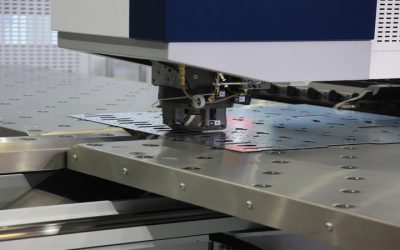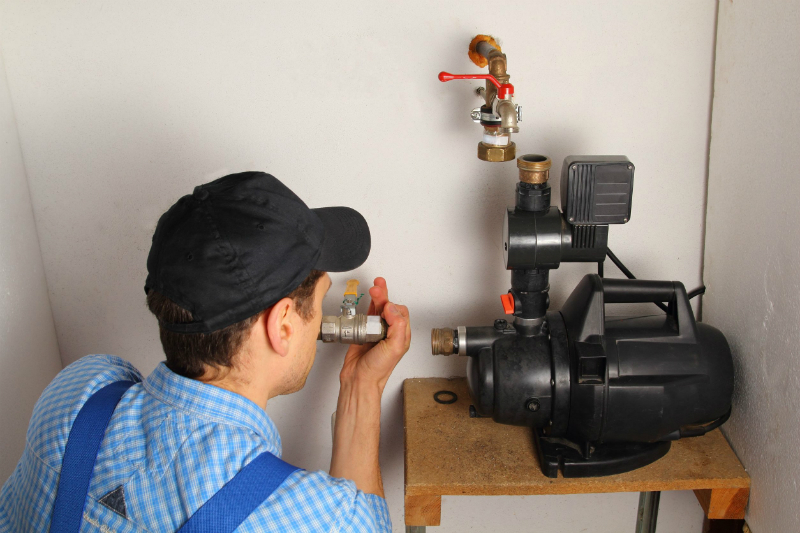Mass finishing is a process that is typically used when you are working with a large number of pieces or a batch that you need simultaneously finished. The process of finishing itself is essentially a surface modification of raw materials once they have been formed into parts and products. The main purpose of finishing is to clean, burnish, deburr and radius. Additionally, there several other main functions that mass finishing can accomplish including:
* De-flash and descale
* Remove rust
* Polish and brighten
* Surface harden
* Prepare parts for further finishing
* Or break off die cast runners
Process
There are two main types of mass finishing—tumble finishing or barrel finishing and vibratory finishing. Both are similar in overall technique because they both operate in a cyclical action to create the desired effect. The process of finishing can either grind the workpieces against each other, or a finishing medium can also be used. Additionally, finishing can be performed either dry or wet. If your workpieces are best finished using wet processes then variety lubricants, cleaners or abrasives whereas dry processes do not. Depending on the material or workpieces being finished, cycle times may vary and can be adjusted as needed.
Materials
Most materials go through some form of mass finishing, as this is what makes most products safe for use. In other words, raw materials such as metals, casting and molded parts need to be finished to fit properly with other parts and function safely. For instances, most parts or products that are continually exposed to outside conditions are finished with a protective layer or thick coating. The protective layer or thick coating can be made of plastic, paint or epoxy. Another example of common finishing is plating. Plating is a surface treatment that used mostly on metal parts to provide a thin a protective layer.
Best Uses
The uses for this particular kind of finishing, as previously mentioned are endless. Thus, deciding on which type of finishing will be best for your end products or parts is a rather simply process—choose a process that will not comprise the overall design of your product, select a media to separate parts from each other during the finishing process and decide whether the process will be performed dry or wet.


